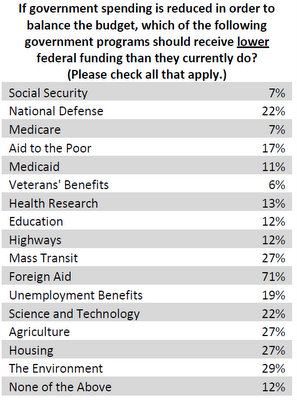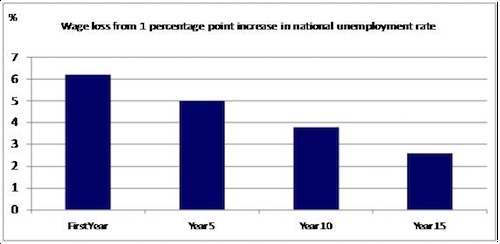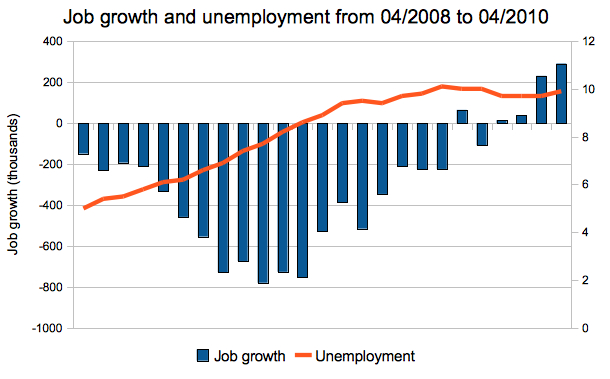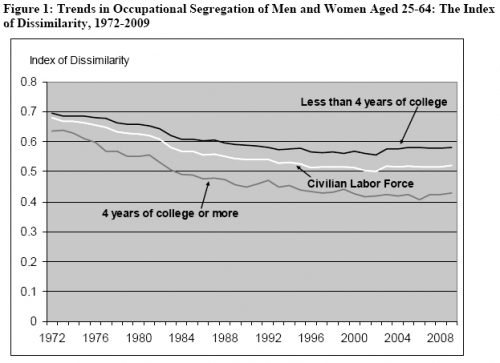K. sent in a trailer for a new comedy called Outsourced. In it, a white call center manager is sent to India to manage a company full of Indian workers who take orders for gag items (including jingle jugs). I think the it is both troubling and promising at the same time. My thoughts after the trailer:
On the one hand, a lot of prior experience and several aspects of this trailer make me worry that this show is going to capitalize on negative stereotypes of Indians, especially ones that suggest that they are goofy and nerdy and are hilariously unfamiliar (e.g., “stupid” names and “scary” food)… with a handful of stereotypes about Americans thrown in for good measure. The show threatens to reaffirm a binary where the U.S. and India are completely different in every way.
On the other hand, I am encouraged by the fact that the show includes a wide range of Indian characters. In some cases, our stereotypes are upset by traits that Americans are conditioned not to expect in Indians (such as the guy who likes to dance); in other cases, characteristics are clearly attributed to individuals instead of “Indians” (such as the girl who is afraid to talk). Further, it becomes clear in the trailer that the employees in the manager’s office are misfits because they’re misfits, not because they’re Indian. The competitor call center employees are not misfits at all. They are clearly super-effective and excellently-trained (though, perhaps, also Westernized). The ridiculousness of the main ensemble cast, then, isn’t attributed to their Indianness per se.
So, yes, I fear that this is going to be a show that makes (white) Americans laugh by suggesting that Indians are dorky and weird. At the same time, I see promise in a show that actually casts Indians as individuals instead of representatives of their nation/race.
Lisa Wade, PhD is an Associate Professor at Tulane University. She is the author of American Hookup, a book about college sexual culture; a textbook about gender; and a forthcoming introductory text: Terrible Magnificent Sociology. You can follow her on Twitter and Instagram.







